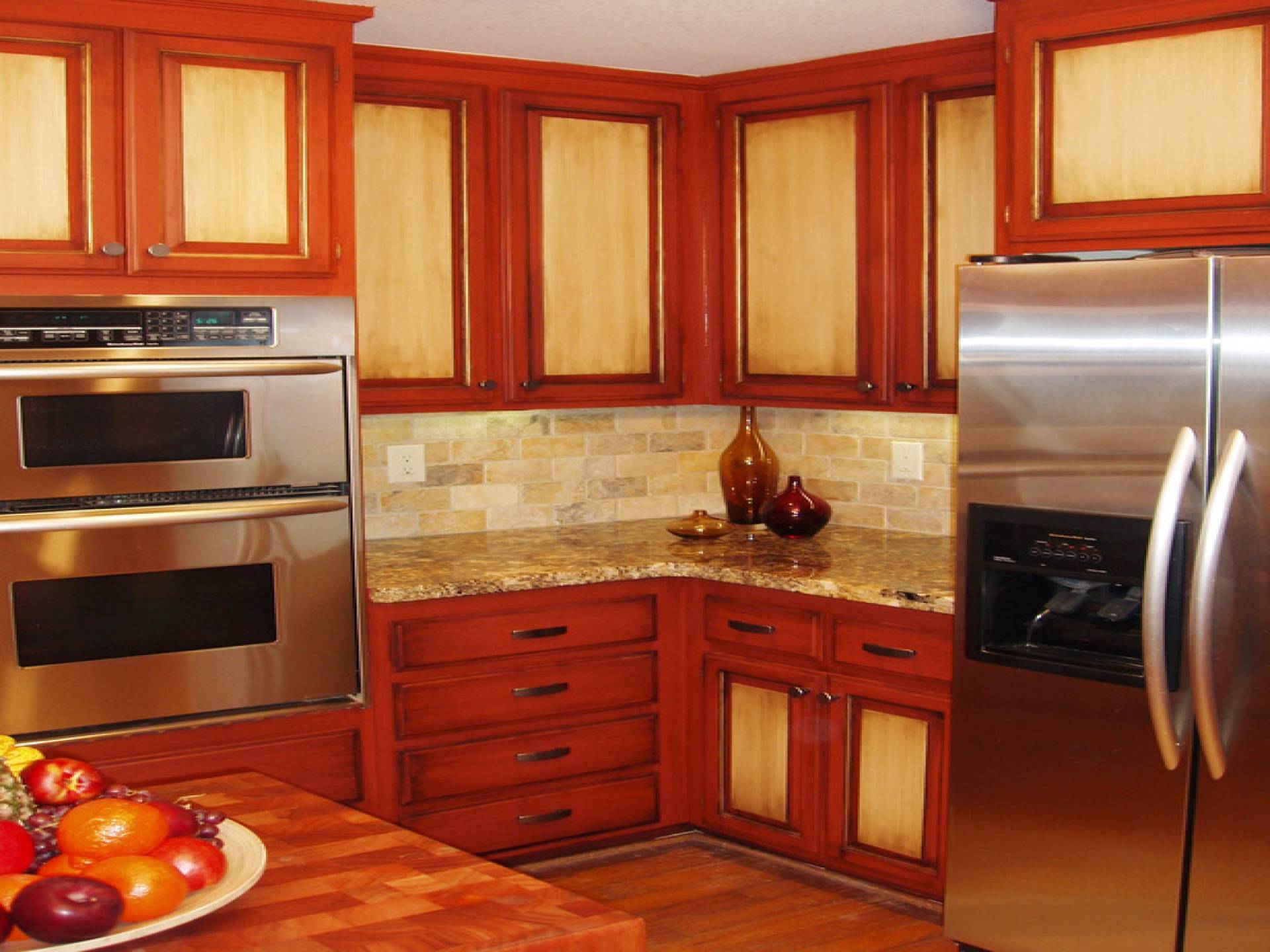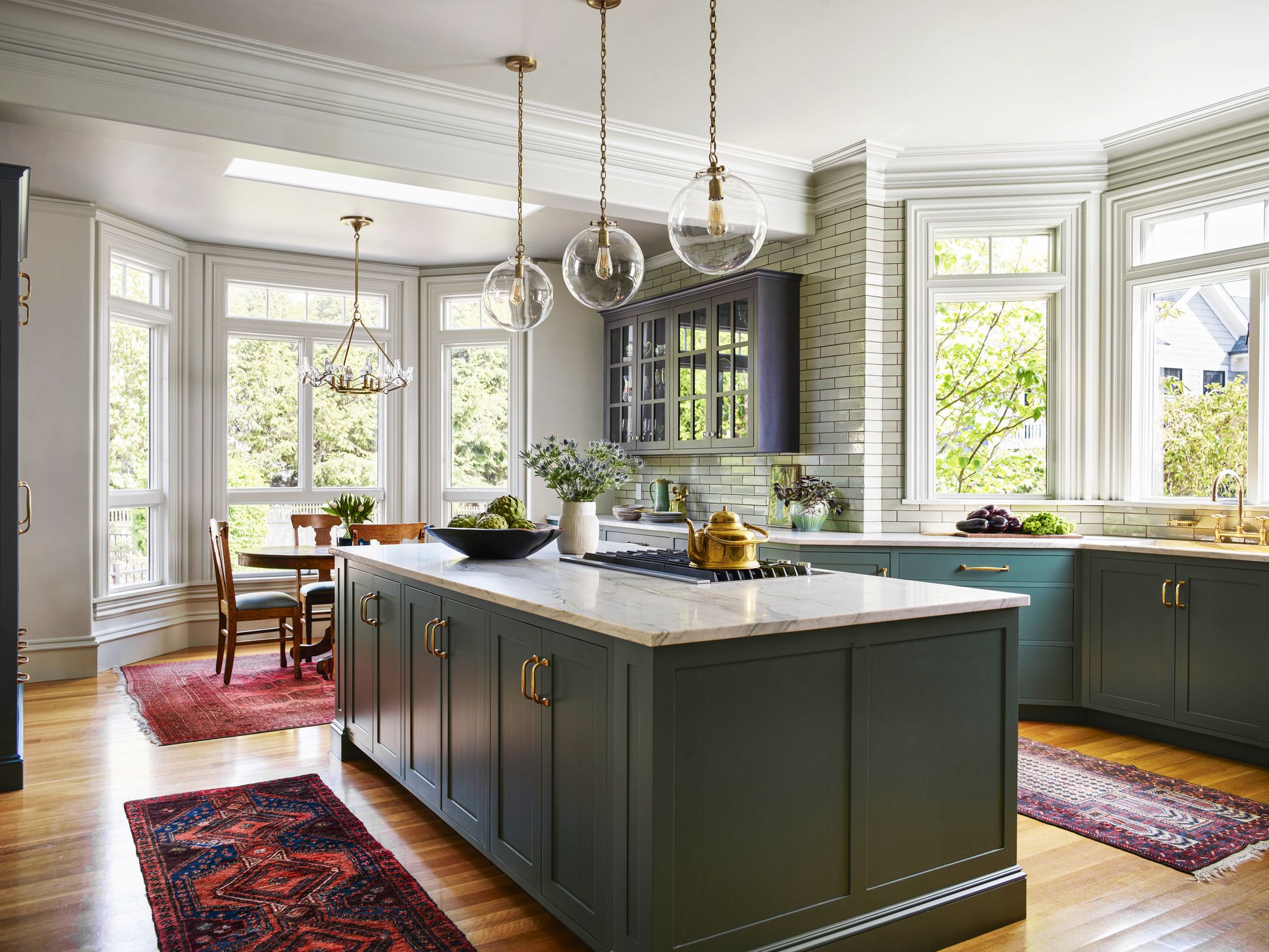Popular Cabinet Coat Paint Brands in Canada
Choosing the right paint for your kitchen cabinets can feel like navigating a Balinese rice paddy – lots of options, and you want to pick the perfect one! This guide will help you find your way through the choices, focusing on top brands available in Canada. We’ll explore their features, price points, and even show you how they look in action. Get ready to transform your kitchen!
Top 5 Cabinet Paint Brands in Canada
Selecting the perfect paint brand is crucial for a stunning and long-lasting finish. Here’s a look at five popular choices, considering their attributes and price points. Remember, prices can fluctuate, so always check with your local retailer.
| Brand | Key Features | Price Range (per litre) | Durability Rating (1-5, 5 being highest) |
|---|---|---|---|
| Benjamin Moore | Excellent coverage, wide color selection, durable, self-priming options available. | $70 – $100 | 5 |
| Sherwin-Williams | High-quality, diverse finish options, good durability, known for their color matching. | $65 – $90 | 4.5 |
| Para Paints | Affordable, good quality, wide range of colors, easy application. | $50 – $75 | 4 |
| Behr | Widely available, durable, good value for money, various finishes. | $45 – $70 | 4 |
| CIL | Canadian brand, reliable performance, good selection of colors, reasonably priced. | $40 – $60 | 3.5 |
Paint Finishes and Their Suitability for Kitchen Cabinets
The finish you choose significantly impacts the look and feel of your cabinets. Let’s explore the common options:
Matte finishes offer a low-sheen, sophisticated look, hiding imperfections well but showing fingerprints more easily. Satin finishes provide a subtle sheen, offering good durability and easier cleaning than matte. Gloss finishes boast a high shine, very durable and easy to clean, but highlighting any imperfections. For kitchen cabinets, satin is often a popular choice balancing durability and ease of cleaning with a less stark appearance than gloss.
Examples of Successful Cabinet Painting Projects
Imagine a dated oak kitchen, its cabinets dark and heavy. Using Benjamin Moore’s Advance paint in a creamy white satin finish, the cabinets are transformed. The creamy white brightens the space, the satin finish provides a soft glow, and the durable paint ensures longevity. The before image shows dark, heavy cabinets; the after showcases bright, airy, and refreshed cabinets, enhancing the overall kitchen ambiance.
Another example involves a small kitchen with light-colored cabinets that felt bland. Using Sherwin-Williams Emerald paint in a warm grey with a subtle gloss finish, the cabinets gain a touch of modern elegance. The before shows plain, uninspired cabinets; the after reveals sophisticated cabinets, adding depth and character to the kitchen. The gloss finish adds a touch of luxury, making the small kitchen feel more polished and upscale.
Preparing Cabinets for Painting in Canadian Climates: Cabinet Coat Paint Canada

Painting kitchen cabinets is a transformative project, breathing new life into your space. However, Canada’s unpredictable weather, with its fluctuating temperatures and humidity levels, presents unique challenges. Proper preparation is key to achieving a durable, beautiful finish that withstands the test of time and the vagaries of our Canadian seasons. Ignoring these climatic factors can lead to peeling paint, bubbling, and other frustrating imperfections.
Cabinet coat paint canada – Canadian weather significantly impacts paint adhesion and drying times. High humidity can slow drying, leading to a sticky or uneven finish, while drastic temperature swings can cause the wood to expand and contract, stressing the paint layer. Understanding these factors and adjusting your preparation accordingly is essential for a successful paint job.
Surface Cleaning and Priming Techniques for Various Cabinet Materials
The success of your paint job hinges on meticulous surface preparation. Different cabinet materials require specific cleaning and priming techniques. Thorough cleaning removes grease, grime, and old finishes, ensuring optimal paint adhesion. Priming creates a uniform surface for the paint to adhere to, especially important on porous materials like wood or when covering dark colors.
For wood cabinets, a deep clean with a degreasing solution like TSP (trisodium phosphate) – always following safety precautions and manufacturer’s instructions – is recommended before sanding. Laminate cabinets require a gentler approach, using a mild detergent and water solution to avoid damaging the surface. Melamine cabinets usually require only a light wipe-down with a damp cloth. After cleaning, allow the cabinets to dry completely before proceeding to priming. The choice of primer will depend on the cabinet material and the type of paint you’re using. Oil-based primers offer excellent adhesion and blocking for stains, while water-based primers are easier to clean up and offer good adhesion for most paints.
Step-by-Step Guide for Sanding and Filling Imperfections, Cabinet coat paint canada
Proper sanding and filling are crucial for a smooth, professional-looking finish. Sanding creates a level surface for paint application, while filling repairs imperfections like scratches and dents. Always wear appropriate safety gear, including a dust mask and safety glasses, when sanding.
- Step 1: Assess the Damage: Carefully inspect your cabinets for any imperfections, such as scratches, dents, or holes. Note their size and location.
- Step 2: Wood Filler Application (if needed): For wood cabinets, use a high-quality wood filler to repair dents and holes. Apply the filler slightly above the surface, allowing it to dry completely before sanding. For laminate, consider using a specialized filler designed for that material.
- Step 3: Sanding: Start with a coarser grit sandpaper (around 120-grit) to remove any loose paint or imperfections. Gradually move to finer grits (180-grit, then 220-grit) for a smoother finish. Sand in the direction of the wood grain for wood cabinets. For laminate, use a very fine grit sandpaper and sand lightly to avoid scratching the surface.
- Step 4: Clean-up: After sanding, thoroughly clean the cabinets with a tack cloth or a slightly damp cloth to remove all dust particles. This ensures the primer and paint will adhere properly.
- Step 5: Prime: Apply a high-quality primer suited to your cabinet material and paint choice. Allow the primer to dry completely according to the manufacturer’s instructions before painting.
Remember to always work in a well-ventilated area when using paints, primers, and fillers. Proper ventilation is especially important in Canadian winters when windows might be closed more frequently.
Cabinet Painting Techniques and Best Practices

Transforming your kitchen cabinets with a fresh coat of paint can feel like a total Bali beach makeover – vibrant, refreshing, and totally transformative! But achieving that dreamy, professional look requires choosing the right tools and techniques. This guide will help you navigate the options and achieve a finish that’s as smooth as a Balinese sunset.
Cabinet Painting Methods: Brush, Roller, and Spray
Choosing the right painting method significantly impacts your final result. Each technique offers unique advantages and disadvantages, perfectly suited to different skill levels and cabinet styles.
Brushes offer precision and control, ideal for detailed work and achieving a truly bespoke finish. They’re great for intricate carvings or hard-to-reach areas, but can be more time-consuming, especially for large projects. A high-quality brush with synthetic bristles is recommended for smooth latex paints.
Rollers provide faster coverage, making them efficient for large, flat surfaces. However, they may leave visible roller marks if not applied carefully, and they can struggle with detailed areas. Using a short-nap roller with a smooth finish is crucial.
Spray painting delivers the fastest and most even coverage, resulting in a flawless, professional-looking finish. It’s ideal for achieving a smooth, consistent color across large areas. However, it requires specialized equipment, careful preparation, and proper ventilation to prevent overspray and health hazards. This method also requires a well-ventilated area, as the fumes can be strong.
Ventilation and Safety Precautions
Proper ventilation is paramount when painting cabinets, especially when using spray paint. Open windows and doors to maximize airflow, or use a respirator and work in a well-ventilated area or outside. Always wear appropriate safety gear, including gloves, eye protection, and a respirator to protect yourself from paint fumes and splashes. Follow the manufacturer’s instructions on the paint can for specific safety precautions.
Remember: Safety first! Never compromise on proper ventilation and protective gear.
Achieving a Professional Finish: A Step-by-Step Guide
Preparing your cabinets is key to a flawless finish. Start by thoroughly cleaning the surfaces to remove grease and grime. Sanding down any imperfections ensures a smooth base for the paint. Apply a high-quality primer, allowing it to dry completely before applying the topcoat. Multiple thin coats are better than one thick coat to prevent drips and runs.
Tip: Use a high-quality paint and primer designed for cabinets. This will provide better adhesion and durability.
For brush painting, use long, smooth strokes, working in the direction of the wood grain. For rollers, maintain even pressure and overlap strokes slightly to avoid visible marks. With spray painting, maintain a consistent distance and even movement to achieve an even coat. Allow each coat to dry completely before applying the next. Light sanding between coats can improve the final finish.
Troubleshooting Tip: If you encounter drips or runs, lightly sand them down once dry and reapply a thin coat of paint.
Common mistakes include using the wrong type of paint, insufficient preparation, and applying coats that are too thick. Take your time, follow the instructions carefully, and don’t rush the process. A little patience will yield a stunning result. Remember to allow ample drying time between coats, as this is essential for a durable and long-lasting finish.
